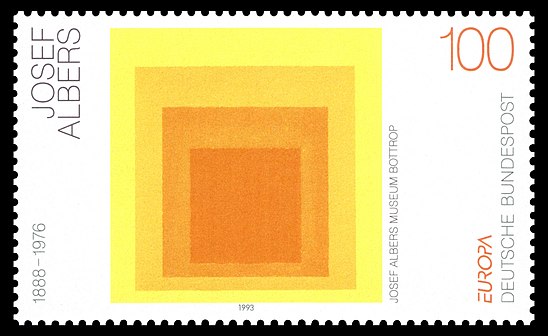
1888 - 1976
Josef Albers
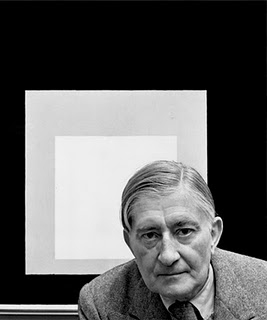
description
A German artist, designer, writer and theorist of art, a talented teacher who worked in America for a long time. The name of Josef Alberts is inextricably connected with the Bauhaus Higher Art School in Weimar, which was known for its avant-garde orientation. A former student of this institution, Albers worked there as a teacher, created a new art glass studio, and later became the deputy director of the school.
In the USA, where the artist emigrated after the Bauhaus was disbanded by the Nazi authorities, he continued his teaching activities and played an important role in spreading the aesthetics of constructivism, cubism and abstract art among American artists. His work served as a kind of bridge between European avant-garde trends and the new modern art of America.
Albers was best known for his series of works “Homage to the Square”, which includes geometric abstract paintings and lithographs that are distinguished by exceptionally subtle chromatic harmony. Almost all the paintings in the series consist of several squares that are inside each other and painted in muted harmonious colours. Creating his work, the artist carefully thought out every detail, the most delicate shades of colour and the effect of the use of certain combinations.
In 1963, the artist developed the theory of colour pigments, which he outlined in his book “Interaction of Colour”.
Key ideas:
– The central theme and main character of Albers’ painting is colour. The artist believed that using colour combinations could convey the shape, size of objects and human emotions. These beliefs came from practising glass art and found their expression in the scientific works of the author.
– In his paintings, Albers used straight geometric constructions, which at the end of his career turned into equilateral rectangles, often placed one inside the other and delimited only by colour. From 1947, he began to deeply analyze the influence of colour changes on the perception of external forms and work exclusively with abstract figures.
– The artist worked very carefully. Each of his paintings is a carefully thought-out composition, where subtle colour nuances and strict geometric constructions matter. On the reverse side of his paintings created mostly on masonite, Albert listed all the shades present in the image and compiled lists of pigments that he used.
– The artist mostly created series of paintings. Paintings in the same format are variations of colour solutions based on the same geometric grid. Thus, Albers revealed various properties of colours and their influence on each other.
– Thanks to his teaching talent, Joseph Albert was able to spread his art and theory among the younger generation of American artists. His paintings, which he built in accordance with the rules he developed, provided a theoretical basis for the development of non-subject art and had a significant influence on the emergence of such styles as Op art, kinetic art, colour field painting and new abstraction.
1888
1918
1920
1925
1933
1950
1963
1965
1976
Josef Albers was born
Received the first major order for the creation of the stained glass window “Rose of mysticism”

Entered the Bauhaus art school
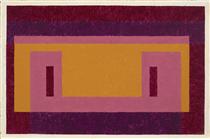
Became a professor at the school, which by that time moved to Dessau

He immigrated to the United States

He headed the Department of Design at Yale University's School of Art

Published his famous book “The Colour Relations”
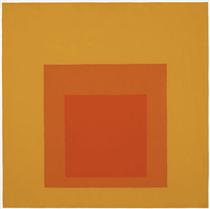
The traveling exposition
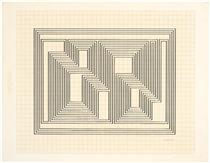
The artist died
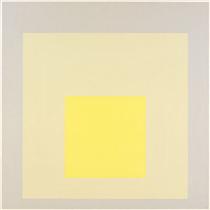
Josef Albers
On Artist
flow
Constructivism
Expressionism
Futurism
Suprematism
friends
Walter Gropius
artists
Erich Heckel
Karl Schmidt-Rottluf
Laszlo Mohoy Nagy
Pete Mondrian
Vasily Kandinsky
Kazimir Malevich
By Artist
flow
Constructivism
friends
Paul Klee
Annie Albers
artists
Robert Rauschenberg
Cy Twombly
Ray Johnson
Richard Anushkevich
Eva Hesse
Ed Reinhardt
Kuno Gonshior
